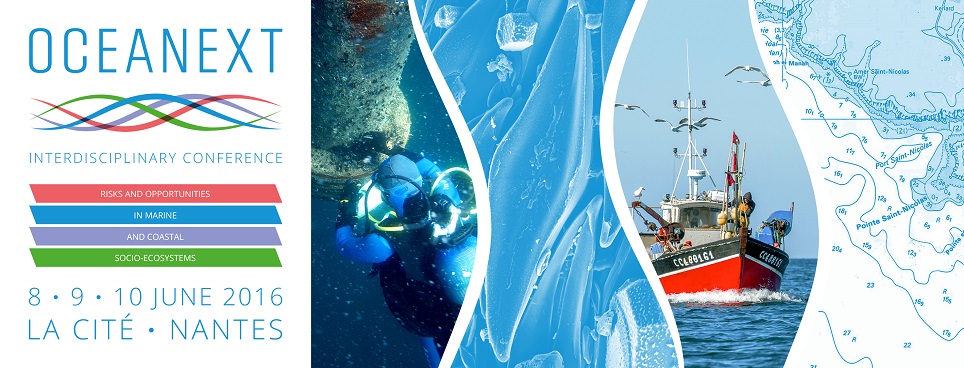Harmful Algal Blooms (HAB) are complex phenomena naturally occurring in many aquatic environments that have negative socio-economic consequences for human beings. HABs are caused by a combination of natural and anthropogenic factors, and will likely be modulated by global change although its direct effects still require further research. Realistically, HABs cannot be eliminated, but intense research combined with monitoring and coordination with society and policies at different levels from local to international scales are providing useful tools to prevent or mitigate their impacts.
A local case study constitutes the multidisciplinary approach in the Mediterranean locality of Sant Andreu de Llavaneres (38km North of Barcelona). There, a study joining epidemiology and ecology, in combination with meteorologists and chemists is advancing towards the understanding of the Ostreopsis cf. ovata blooms dynamics and their real impact on human health. This research group is integrated into the RAMOGE consortium, which coordinates actions to prevent exposure to Ostreopsis spp. outbreaks in the Mediterranean coasts of Italy, Monaco and France.
At a larger scale, we will explore the last advances of the multi-institutional and multidisciplinary effort to face the impacts of Karenia brevis blooms in the Gulf of Mexico and Florida.
Finally, we will strengthen international collaboration and coordination to advance HAB research through the joint IOC and SCOR programmes GEOHAB (2000-2014) and GlobalHAB (2016-2025). GlobalHAB will include new research priorities such as food and water safety and security, human and ecosystem health, ocean observing systems, and climate change.

 PDF version
PDF version
